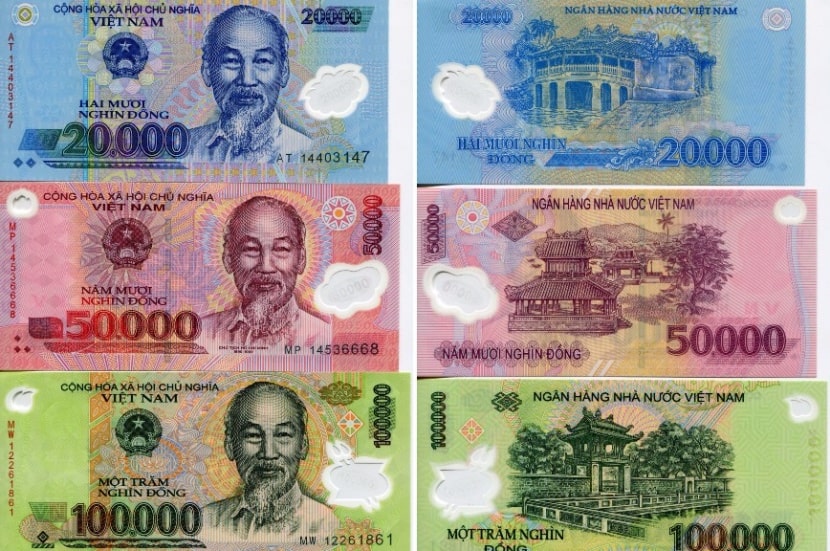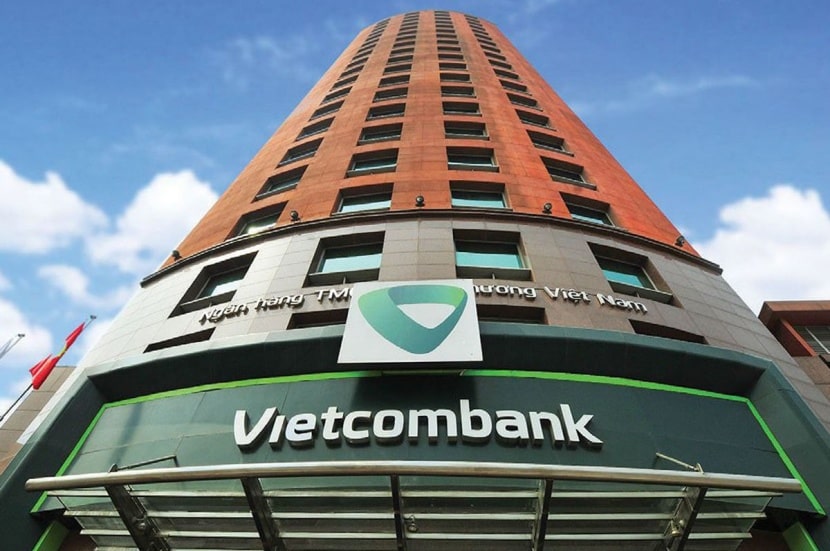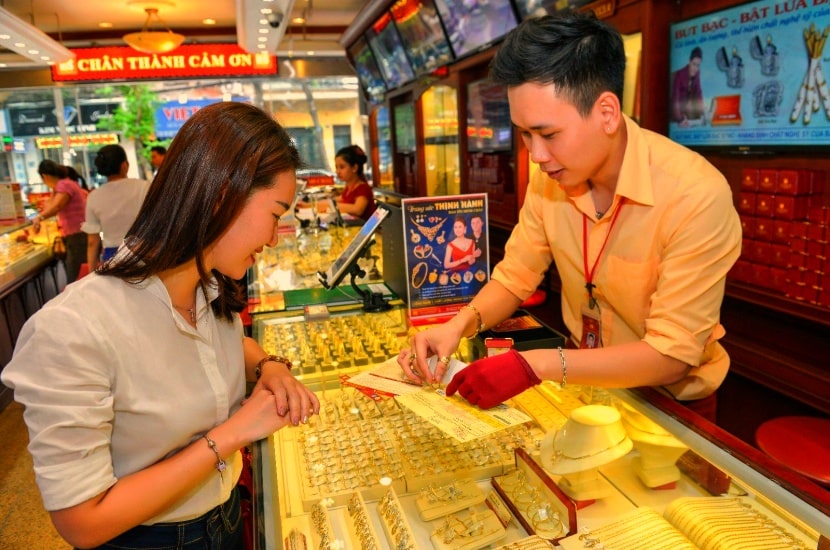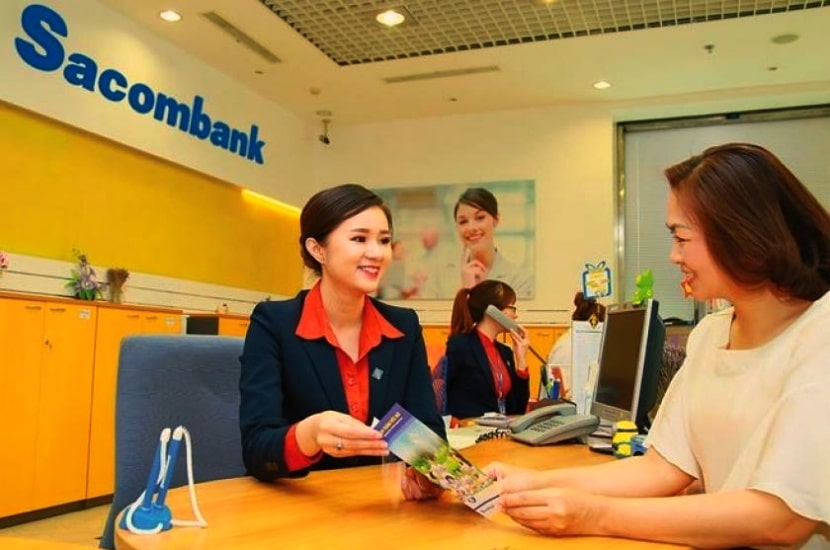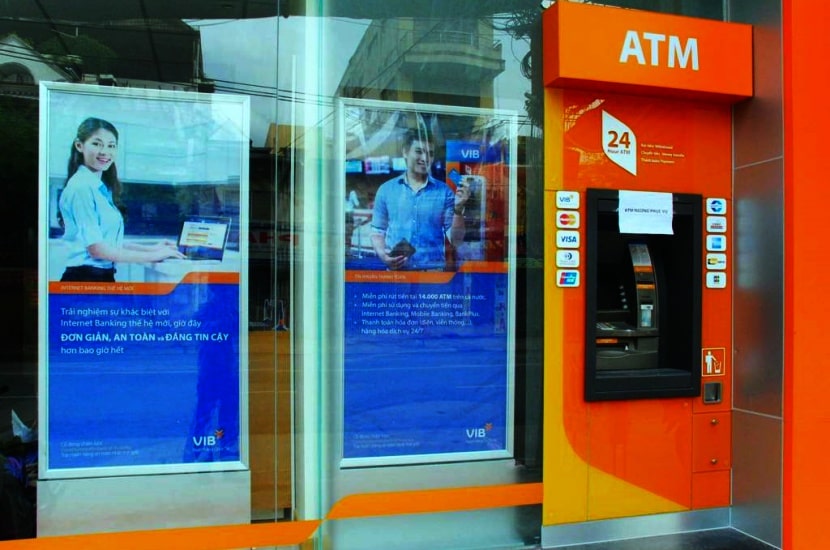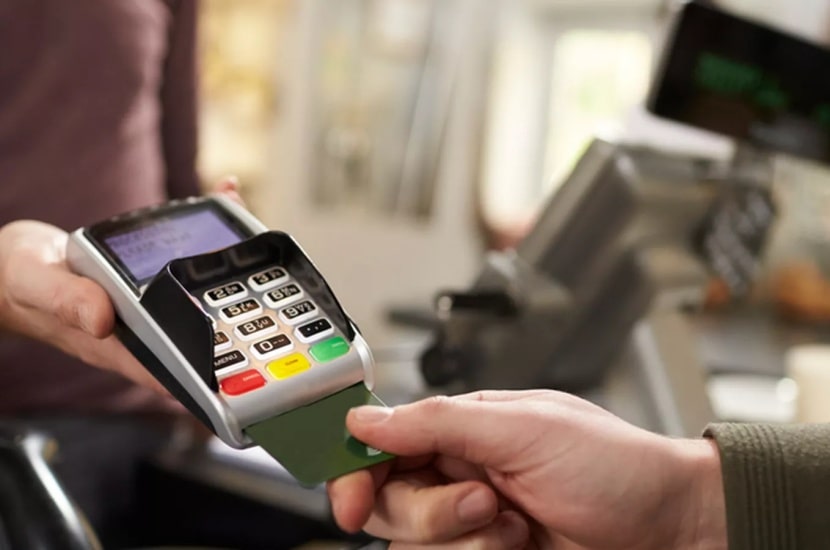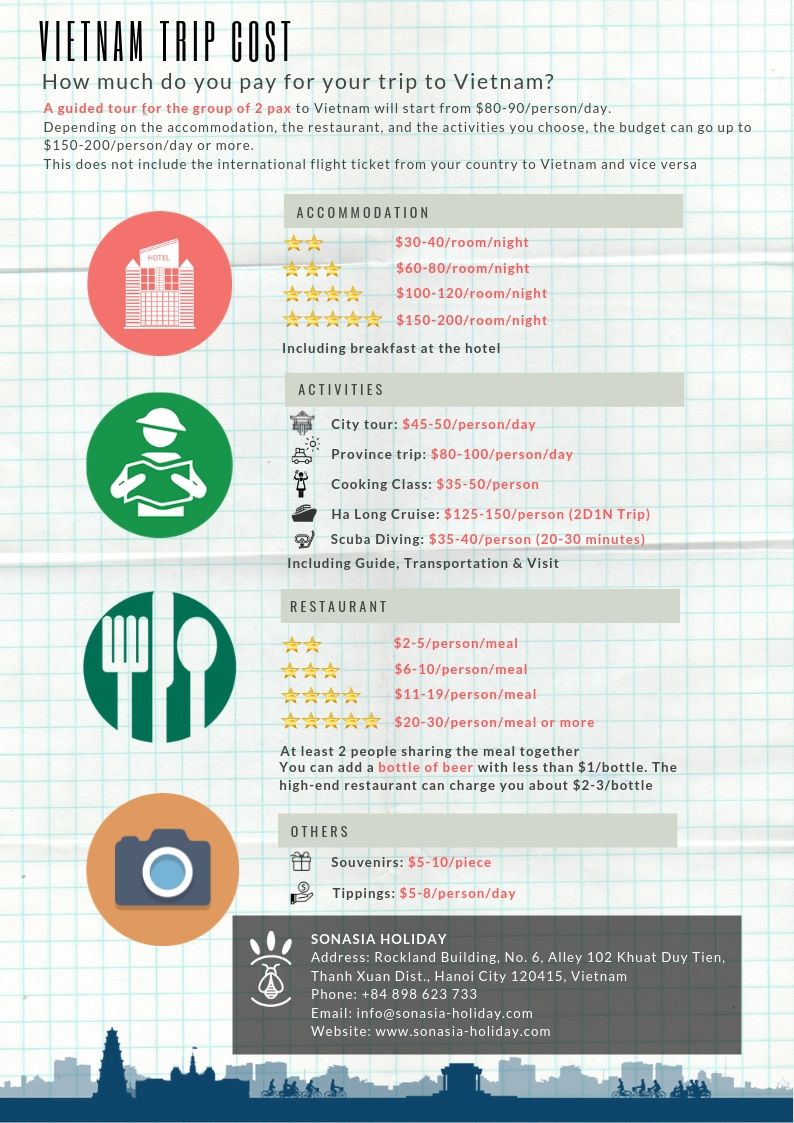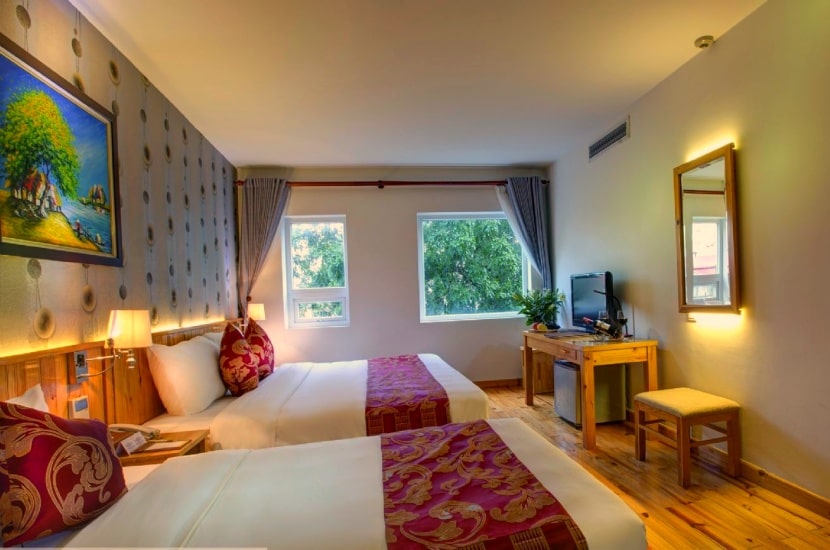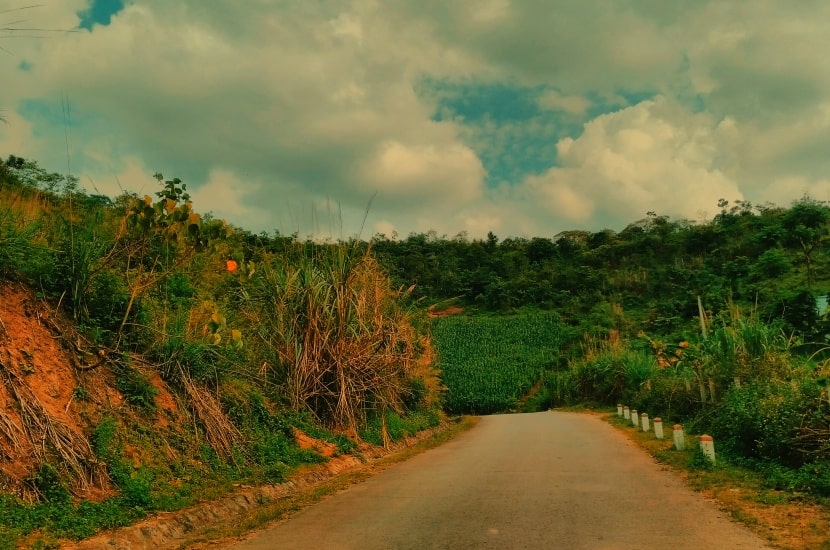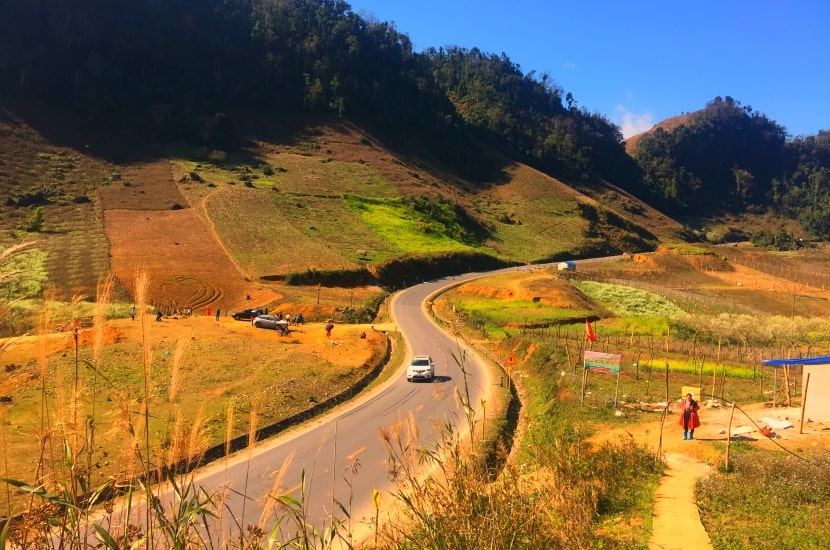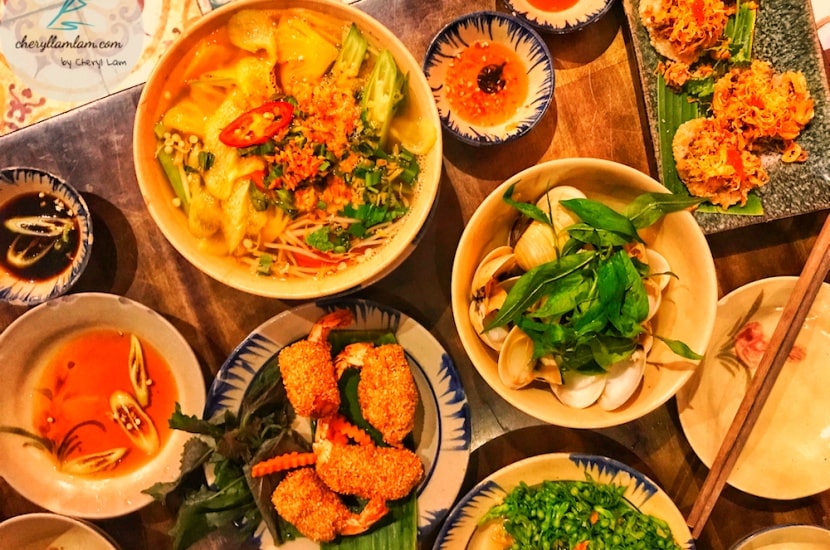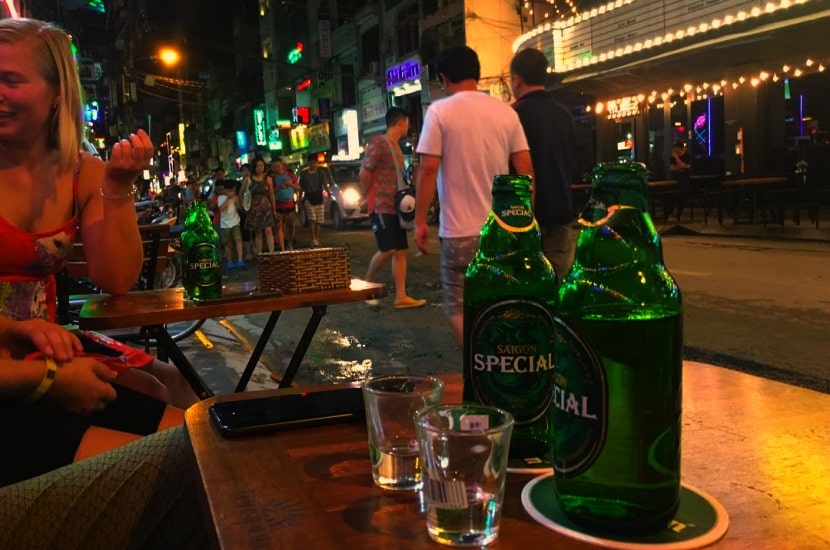Q How much does it cost to live in Vietnam?
According to International Living, the monthly budget for a single expat living in Vietnam is about $899 to 1,469. Here is the expense breakdown:
| Expense |
U.S. $ |
| Apartment rental (one bedroom) |
$400 to $900 |
| Electricity |
$60 to $80 |
| Water |
$2 |
| Cell phone with unlimited data |
$3 |
| Gas for cooking |
$2 |
| Internet, fiber-optic |
$11 |
| Cable TV |
$7 |
| Housekeeper (four hours a week) |
$48 |
| Transportation (two monthly bus passes) |
$16 |
| Groceries |
$100 |
| Entertainment (eating out five nights a week, including beer or soft drinks) |
$250 to $300 |
| Monthly Total: |
$899 to $1,469 |
If you lived in Da Nang, Hoi An, Nha Trang, or Vung Tau, your monthly budget would be about 10% to 20% less than this.
If you are living in Vietnam, you’ll also need to factor in the cost of trips abroad—a legal requirement that occurs every three to 12 months, depending on the type of visa you have. Visa runs can be quite inexpensive; a round-trip ticket from Ho Chi Minh City to Bangkok, for example, costs around $100.
Q How much does it cost to live in Vietnam?
Foreigners will have baseline living costs of about USD600 minimum including cheap rent, decent food, transportation, and some budget for leisure. That's in a place like Hoi An, and it will cost more to live in the Vietnam island like Phu Quoc, Hanoi or Ho Chi Minh, or retiree hotspots. This figure is used as a minimum these estimates do not include the visa runs you'll need if you're on a tourist visa.
Q. Do You Need to Tip in Vietnam?
Not really. Major hotels and restaurants in Vietnam add a 5% service charge to bills, so you can choose not to tip at these places. Elsewhere, small tips are always a good thing. Waiters, hired drivers, and guides should be tipped.
Follow the guidelines below for calculating tips:
- Restaurants and bars: Many restaurants don't require tipping, as a 10% service charge is already tacked onto your bill.
- Porters: A tip with American coins will be greatly appreciated.
- Hotel Services: Government-run hotels will add a 10% service charge on your bill.
- Taxi: Tips aren't necessary, but a small gratuity will be greatly appreciated.
Here is the Tipping custom in Vietnam
Q. When to Haggle in Vietnam?
There’s one golden rule to shopping in Vietnam: bargain and bargain hard.
“Fixed prices” at most tourist shops aren’t really fixed at all; the listed prices are about 300% higher than the last price you can pay if you dicker long enough. Bargaining is an exacting discipline, and quite exasperating for the novice traveler who’s not used to the grueling back and forth.
And Vietnamese sellers aren't exactly the most cheerful bargainers. In areas with high tourist traffic, sellers sometimes refuse any attempts at bargaining down, knowing that there will always be another tourist willing to pay the prices they quote.
So, in Ho Chi Minh City, sellers at Ben Thanh Market (high tourist traffic) will gouge you hard, while their counterparts at Russian Market (low to middling tourist traffic) will give you some leeway.
It all boils down to: you're a tourist, pay tourist prices. The only effective way of avoiding the “foreigner tax” is to get a Vietnamese friend to haggle on your behalf.
Check out the Vietnam shopping guide here.
Q. When is the cheapest time to fly to Vietnam?
Logically, the cheapest time to fly to Vietnam is during the off-travel season (roughly from March to April, and September to October) when there are not many tourists visiting the country.
According to cheapflights.com.au, the cheapest flights to Vietnam are usually found when departing on a Monday. The departure day with the highest cost is usually on a Friday.
Moreover, Vietnam flights can be made cheaper if you choose a flight at noon. Booking a flight in the morning will likely mean higher prices.
Simply follow this, sometimes you can have the promotion of 40-50% discount.
Here is our guide to find the cheapest ticket to Vietnam
Q. Is Vietnam safe to visit?
All in all, Vietnam is an extremely safe country to travel in. Millions of people each year visit this country – and increasingly not only intrepid backpackers! Couples on a long holiday, retirees, families; all sorts of people are coming to Vietnam.
- The police keep a pretty tight grip on social order and there are rarely reports of muggings, robberies or sexual assaults.
- Scams and hassles do exist, particularly in Hanoi, HCMC and Nha Trang (and to a lesser degree in Hoi An).
- Be extra careful if you’re travelling on two wheels on Vietnam’s anarchic roads; traffic accident rates are woeful and driving standards are pretty appalling.
Here is our safety guide in Vietnam
